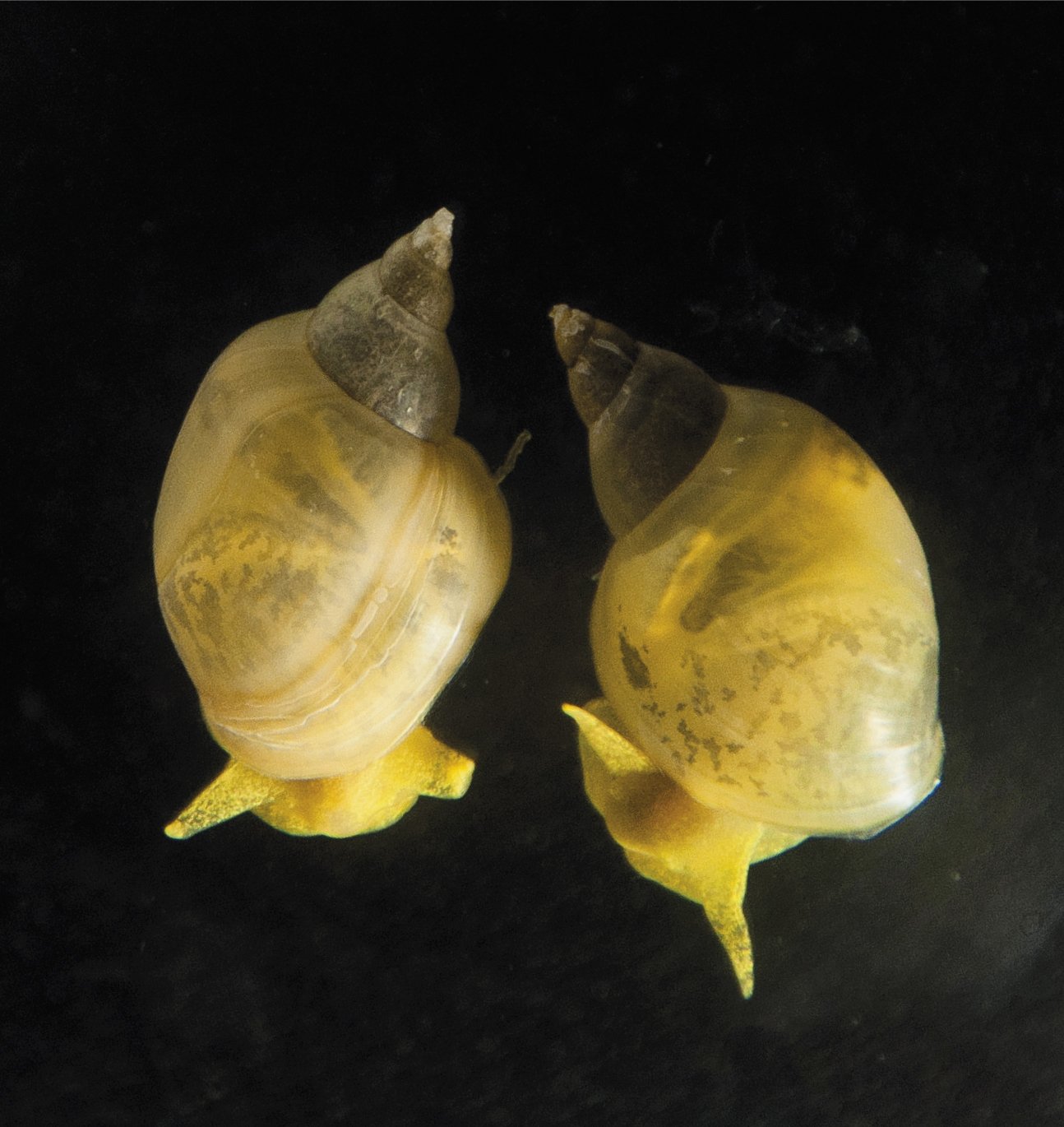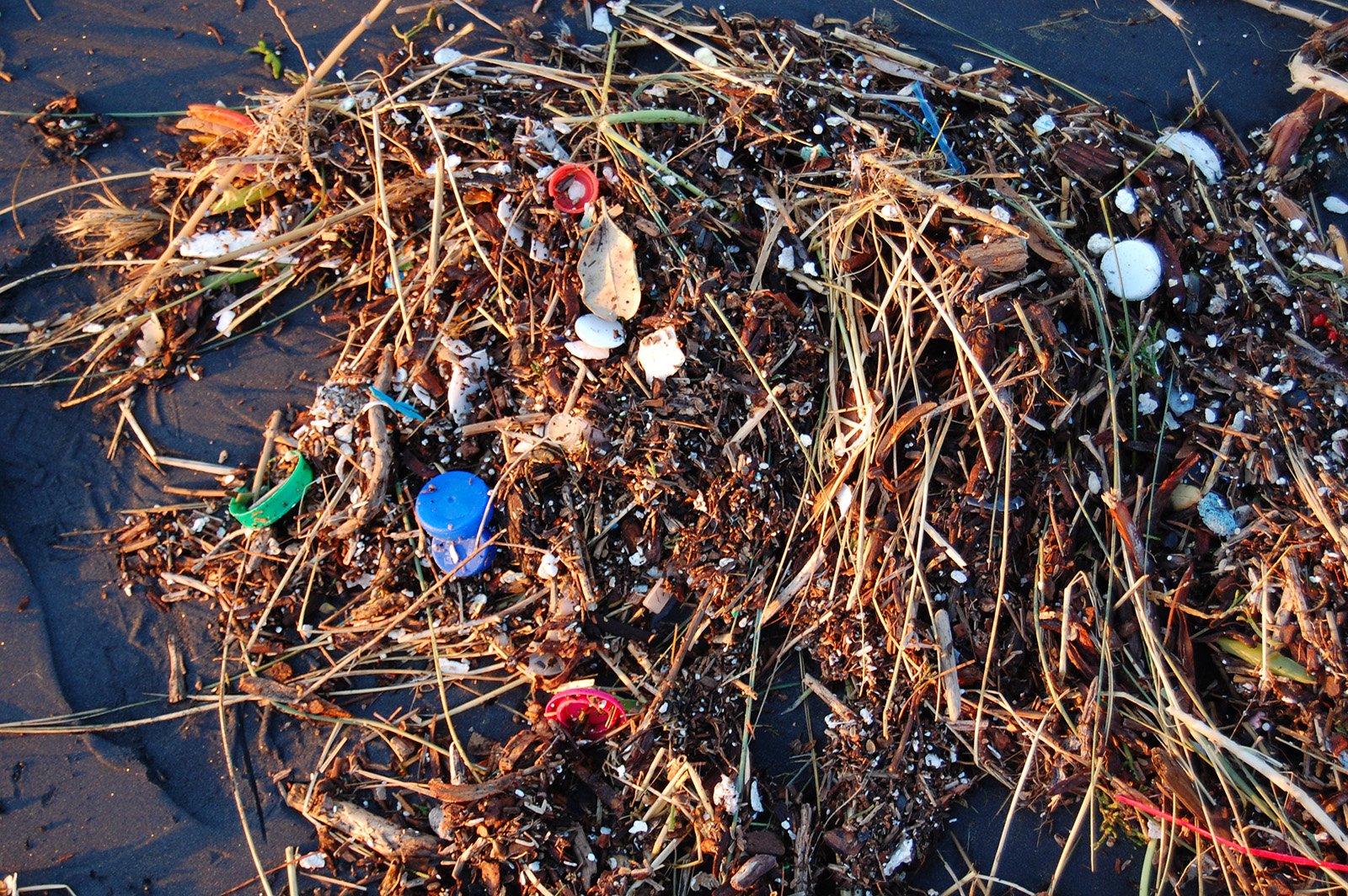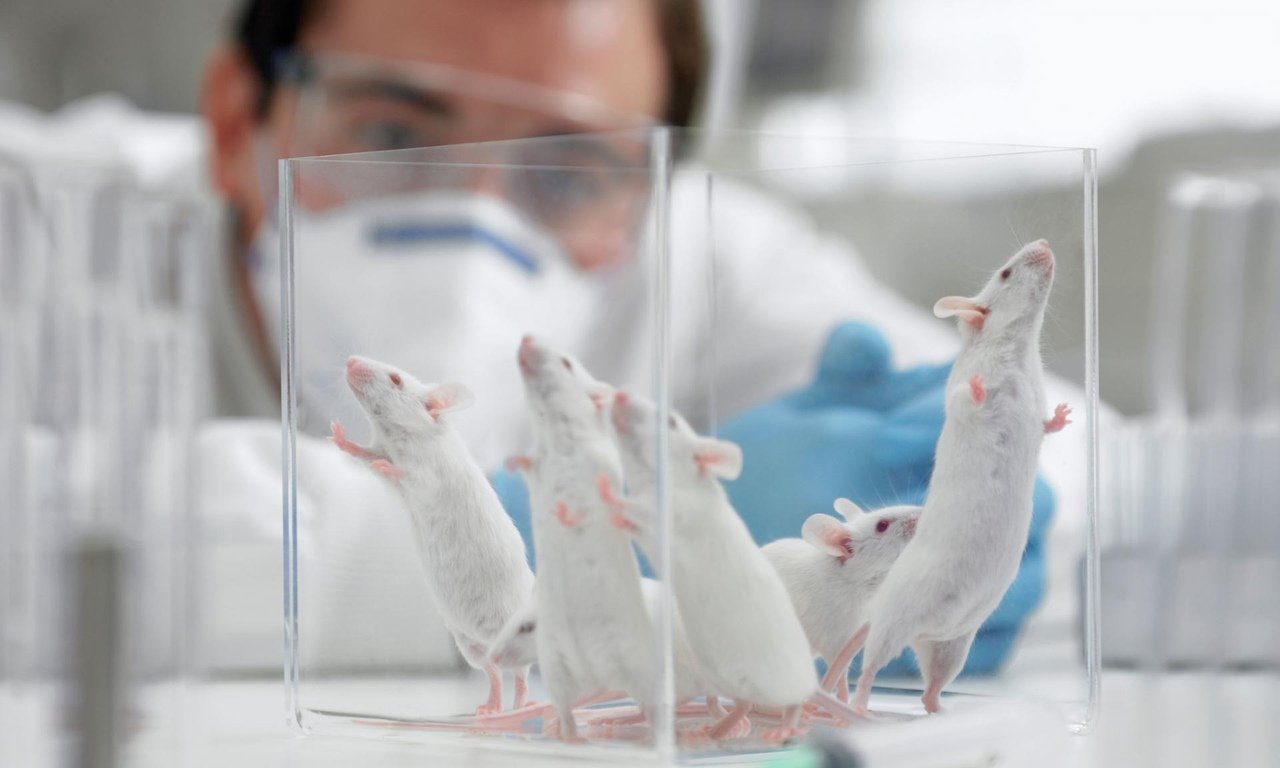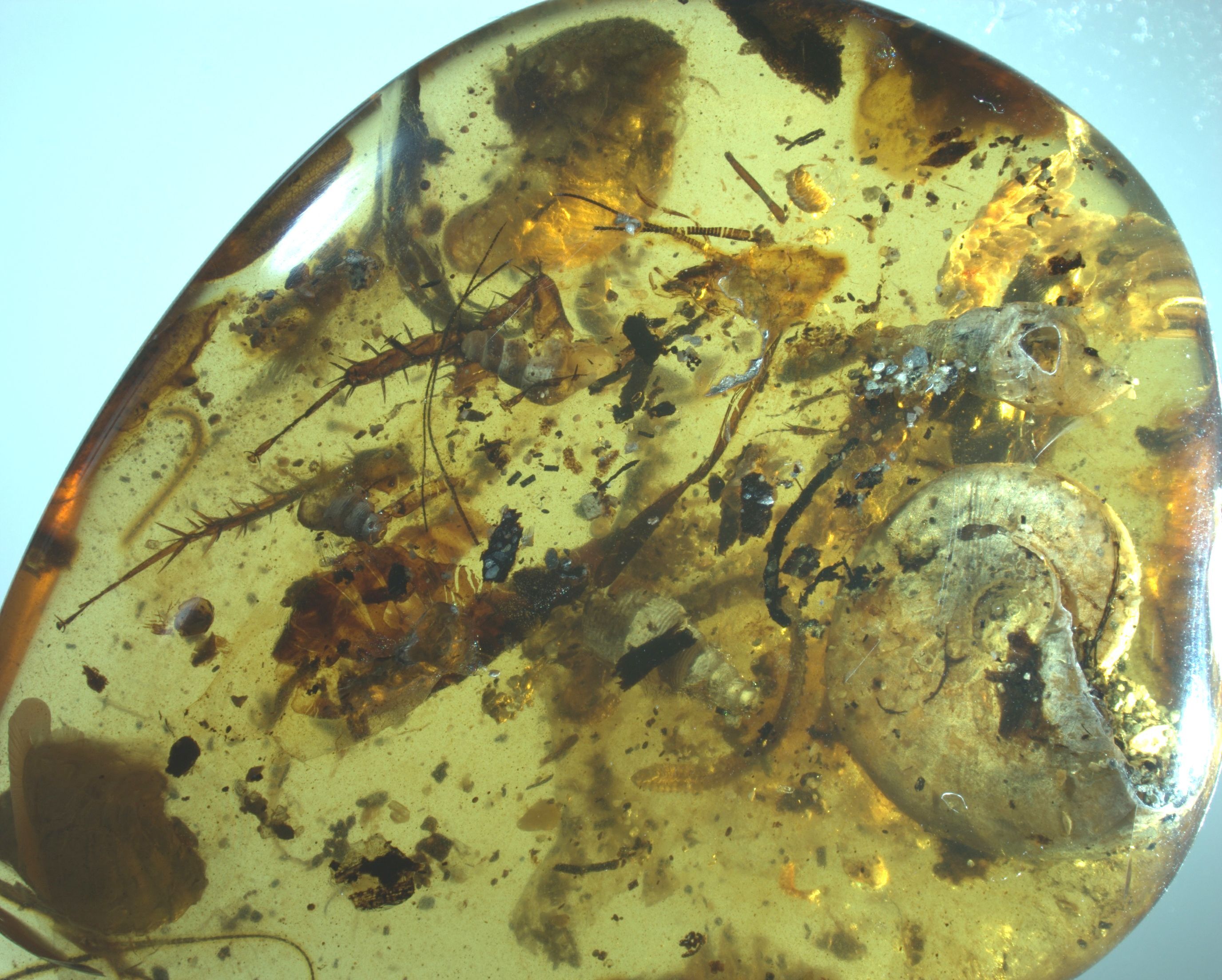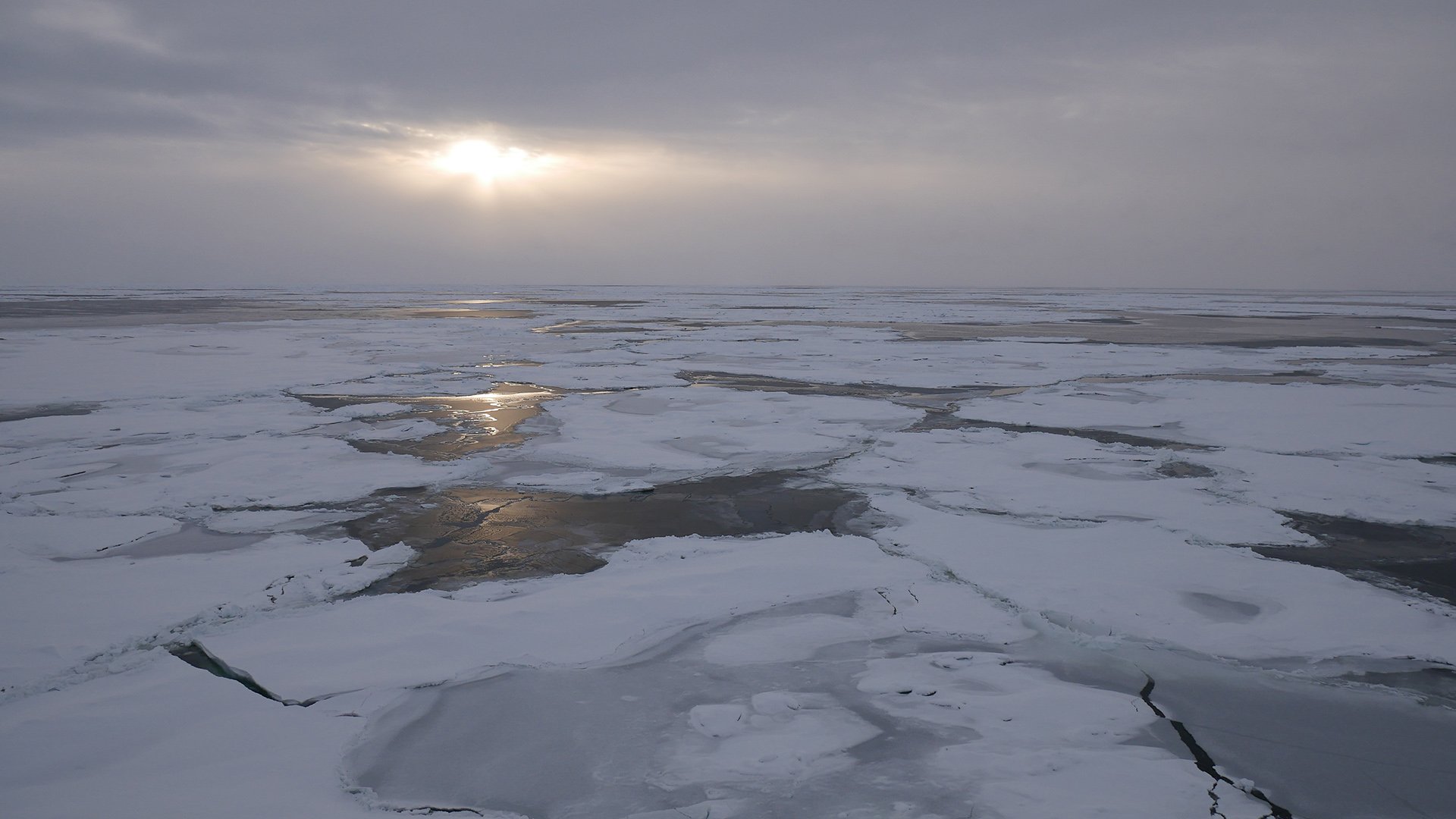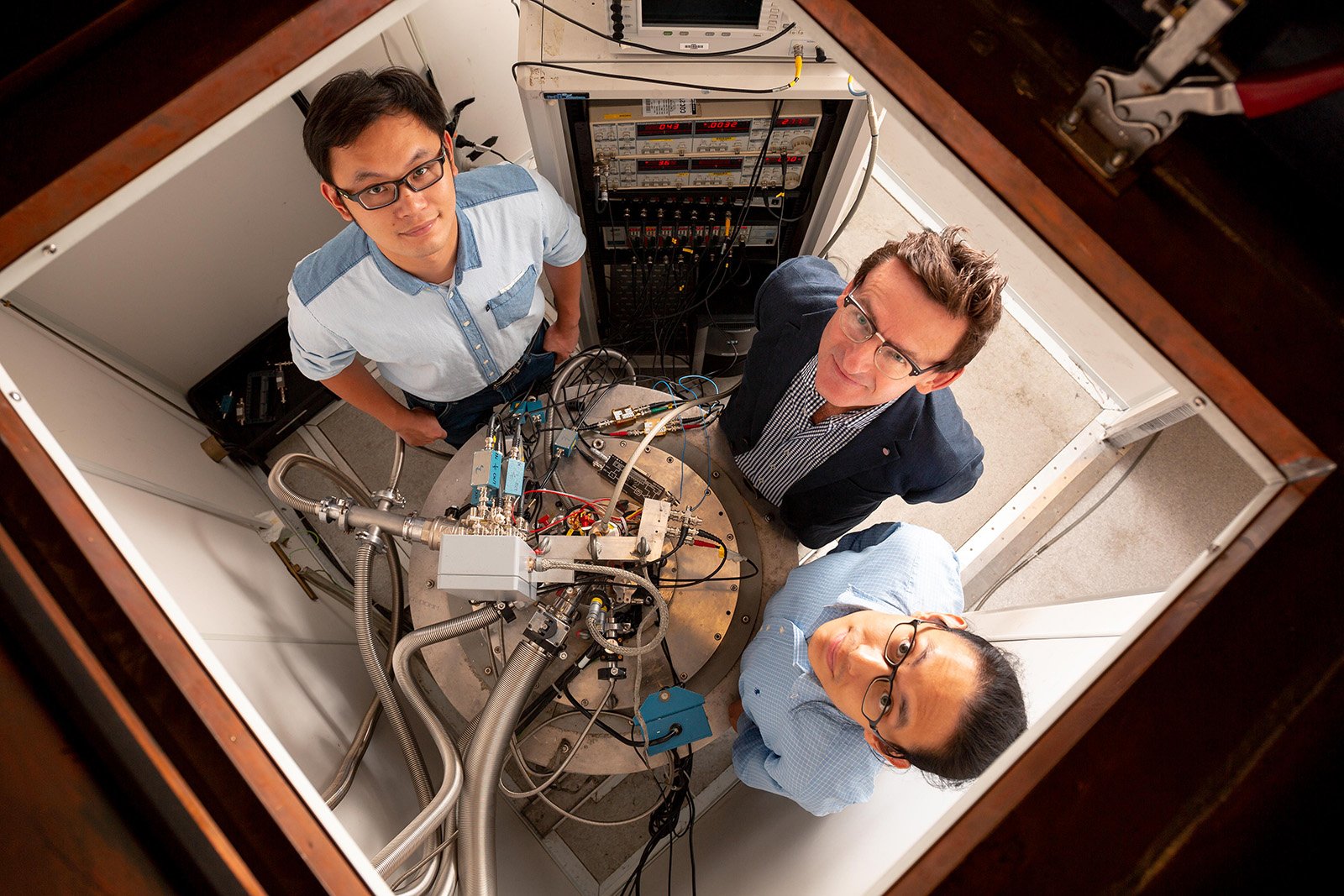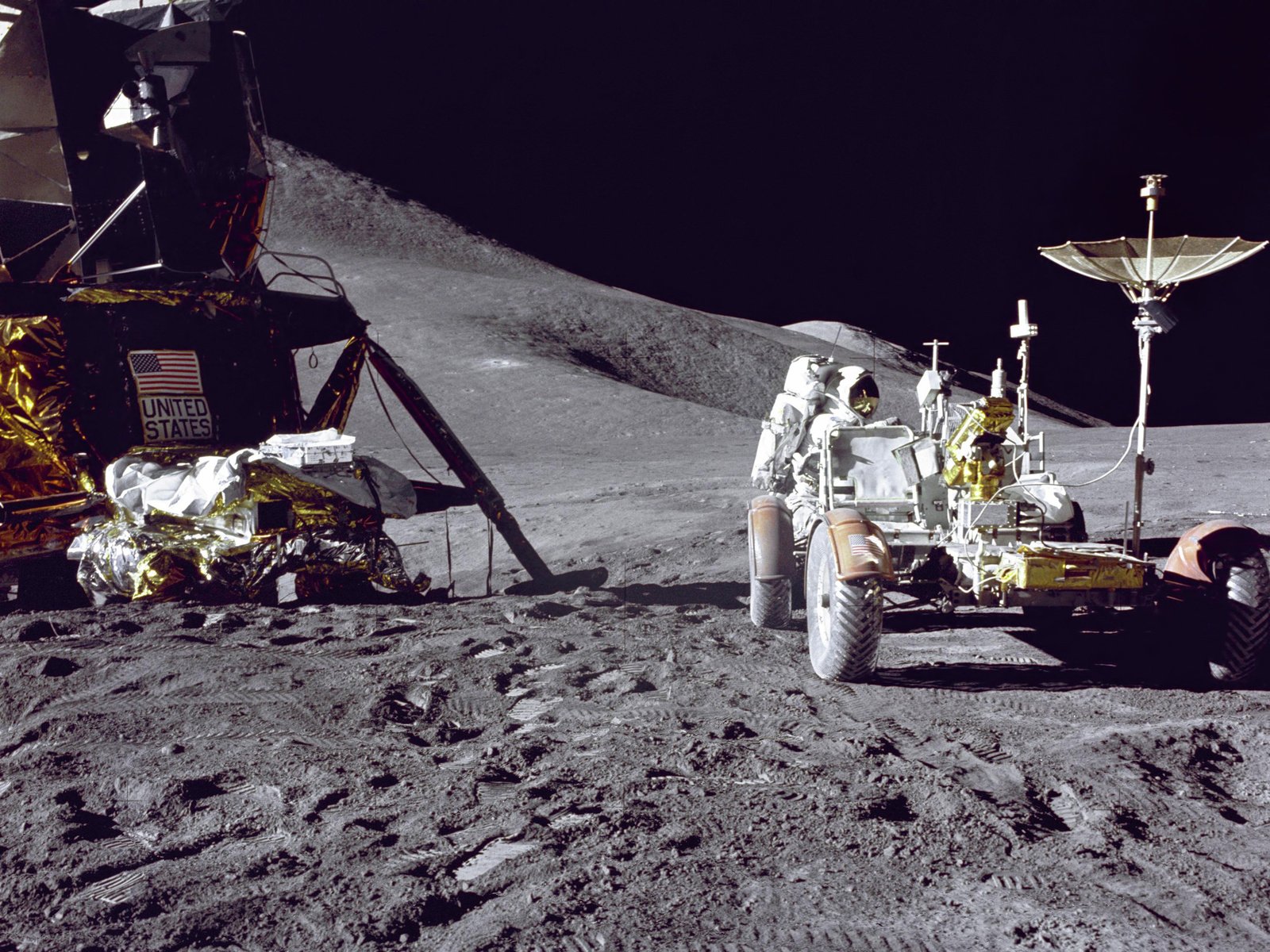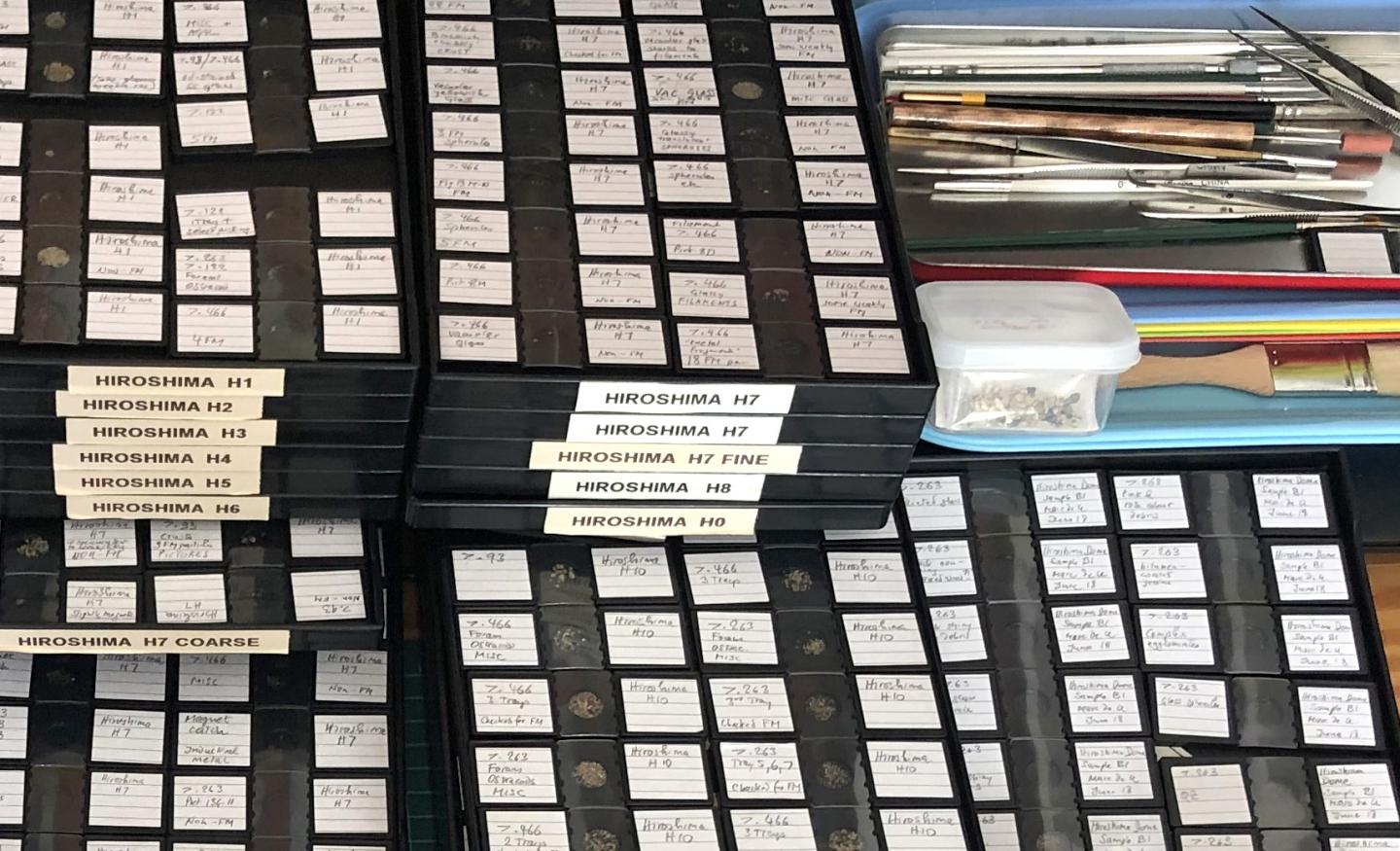How the snail’s shell got its coil
If you look at a snail’s shell, the chances are it will coil to the right. But, occasionally, you might find an unlucky one that twists in the opposite direction – as fans of Jeremy the lefty snail will remember, these snails struggle to mate with the more common rightward-coiling individuals. This chirality (direction of … Read more
